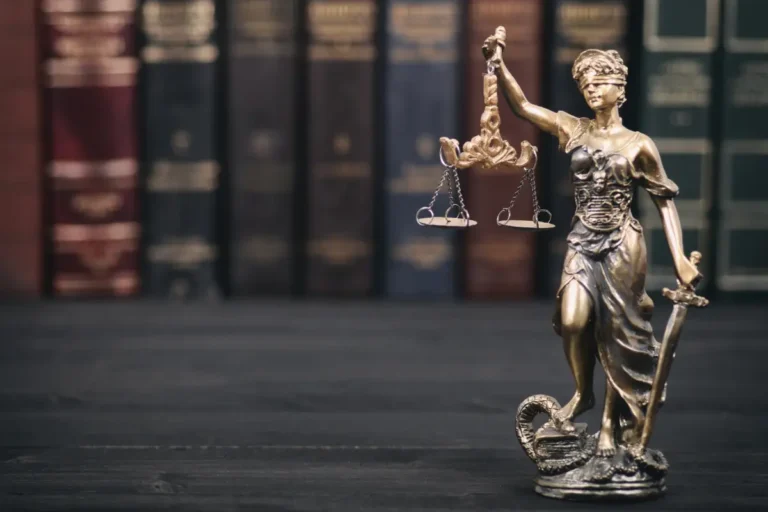Cycling in the UK is a great way to stay fit, reduce your carbon footprint, and enjoy the freedom of the open road. However, just like with any form of transport, it’s important to understand the laws and regulations that govern cycling. Whether you’re an experienced cyclist or just starting out, knowing the rules of the road will help keep you safe and ensure you’re abiding by the law.
In this article, we’ll explore the key cycling laws in the UK that every cyclist needs to know, from basic rules about your bike to more complex issues like cycling offences and safety requirements. By the end of this article, you’ll have a clearer understanding of what’s expected from you as a cyclist on the road.
Cycling on the Road: The Basics
When you’re out cycling on the road, you need to treat your bike like a vehicle. This means that you have the same responsibilities as any other road user. You should always ride safely and in a manner that doesn’t put yourself or others at risk.
Road Traffic Act 1988
The Road Traffic Act 1988 is the main piece of legislation that governs cycling on public roads in the UK. It includes various offences that cyclists can be prosecuted for, such as dangerous cycling and cycling under the influence of alcohol or drugs.
- Dangerous Cycling: If you cycle in a way that’s “far below” what’s expected from a competent and careful cyclist, and it’s obvious that your actions are dangerous, you could be prosecuted. This could include cycling at high speeds in busy areas or weaving in and out of traffic.
- Careless or Inconsiderate Cycling: This is when you cycle without due care and attention or fail to consider other road users. For example, cycling too close to pedestrians or failing to signal your intentions can be considered careless or inconsiderate cycling.
- Cycling Under the Influence: Just like driving, cycling under the influence of alcohol or drugs is an offence. There are no specific legal limits for alcohol or drugs in your system when cycling, but if you are deemed unfit to control your bike, you could face penalties.
Cycling Safety Requirements
To ride legally and safely on the roads, you must adhere to certain safety requirements. These include having the correct equipment on your bike, such as lights and reflectors, and following rules around wearing protective gear.
Lights and Reflectors
One of the most important laws for cyclists is the requirement to have working lights when riding between sunset and sunrise.
- Front Light: You must have a white front light that’s visible from at least 300 feet (about 91 metres).
- Rear Light: You need a red rear light that’s visible from at least 500 feet (about 152 metres).
These lights must be clean, working, and fixed to your bike. Simply carrying a torch or attaching a light to your helmet is not legal.
Reflectors
Cyclists must also have reflectors to make them visible at night or in low visibility conditions.
- Red Rear Reflector: This must be fixed to the back of your bike.
- Amber Pedal Reflectors: These must be on each pedal, one at the front and one at the back.
Although these requirements only apply between sunset and sunrise, it’s still a good idea to have reflective accessories during the day, especially when riding in poor weather or low-light conditions.
Brakes
It is a legal requirement to have two independent braking systems on your bike. One brake must work on the front wheel, and one must work on the rear wheel. If one brake fails, the other will ensure that you can still stop safely. Fixed-gear bikes with a rear brake are legal, but bikes with only one brake system could result in a fine or penalty.
Helmets and Hi-Vis Clothing
While it’s not a legal requirement to wear a helmet in the UK, it’s highly recommended for your safety. Helmets can prevent serious head injuries in the event of a crash.
The Highway Code advises wearing a helmet that complies with current regulations and is properly fitted.
Similarly, while wearing hi-vis (high-visibility) clothing is not compulsory, it is also advised, especially when cycling in low light or at night. Bright colours or reflective gear can make you more visible to drivers and pedestrians, reducing the risk of accidents.
Common Cycling Offences
Cycling comes with its own set of rules, and breaking them can result in fines or even prosecution. Let’s look at some of the most common cycling offences.
Pavement Cycling
It’s illegal to cycle on the pavement unless you are under 10 years old, or you’re riding on a designated shared-use path where cycling is permitted. Cycling on the pavement can lead to a fine, as it endangers pedestrians. However, many cyclists do use pavements when they feel unsafe riding on busy roads, but you should always try to use cycle lanes or quieter roads whenever possible.
Jumping Red Lights
Cyclists are required to obey traffic signals, just like any other road user. If you run a red light, you can face a fine. In some cases, cyclists have been prosecuted for jumping red lights, especially if it’s deemed that doing so is dangerous or inconsiderate to other road users.
Cycling in the Middle of the Road
It’s not illegal to cycle in the middle of the road, but it’s something you should consider carefully. You may need to take up a more central position on the road if it’s the safest option, especially when passing parked cars to avoid the risk of someone opening their door. However, it’s important to always be mindful of the traffic behind you. If a long queue builds up behind you, the Highway Code suggests pulling over to allow vehicles to pass when it’s safe to do so.
Cycling Without Proper Control
If you’re riding in a manner that’s considered out of control, you can be prosecuted. This can happen if you are riding with one hand on the handlebars and your attention is distracted, or if you’re riding recklessly in a way that poses a danger to yourself or others.
Cycling While Under the Influence
It’s illegal to cycle while under the influence of alcohol or drugs. Although there’s no specific legal limit for alcohol, if you’re caught cycling while unfit to control your bike, you could face a fine or penalty. The same applies to drugs—if you’re caught cycling under the influence, you can face legal consequences.
Insurance and Registration
Currently, there is no legal requirement for cyclists to have insurance or to register their bikes with the authorities. However, some cyclists opt to have insurance, especially if they’re using their bikes for commuting or participating in events.
Cycling UK, a leading charity, recommends that cyclists have third-party insurance, especially if they’re involved in a collision. This type of insurance will cover the costs if you cause damage or injury to someone else while cycling.
In some areas, there have been discussions around introducing a registration system for bicycles, but this has not yet been implemented. The government argues that this would discourage cycling, which is beneficial for public health and the environment.
Changes to the Law: Dangerous Cycling
The UK government has been discussing the introduction of new laws to tackle dangerous cycling. This includes creating an offence for causing death by dangerous cycling. In 2024, the government introduced proposals for cyclists to be held accountable for causing death or serious injury due to dangerous cycling. This law is still being debated, and changes could be implemented in the future.
These changes would align cycling laws with existing motor vehicle laws, holding cyclists to the same standards as drivers of cars or trucks when it comes to causing serious harm or fatalities. However, there is some debate over whether this new law is necessary, with cycling groups arguing that the existing laws should be reviewed and updated instead.
Conclusion
Cycling is a wonderful activity, but like any road user, cyclists need to follow the rules. Understanding the laws that apply to you when cycling can help you stay safe and avoid fines or penalties.
Make sure your bike is properly equipped with working lights, reflectors, and a reliable braking system. Always follow the rules of the road, whether it’s obeying traffic signals or cycling in a way that’s safe for other road users.
Remember that cycling laws are designed to keep everyone safe, so be responsible, considerate, and aware of your surroundings. By following these simple laws, you can enjoy your time on the road without worry. Safe cycling!




